Congratulations on such an exciting time! You’re bringing home your new puppy! Now you have the task of puppy proofing your home to ensure that your new family member is safe by eliminating potential dangers. Not sure where to start? Let us help you with that…
Puppies are very curious and extremely energetic! They’ll want to explore their new home… every nook and cranny! This includes the smells, the sounds, and all the things they haven’t seen before. This is an important part of puppy socialization, but not unlike being out in the world exploring with your puppy, you need to ensure their environment (your home) is safe.
We’ve created a list of tips that can help with puppy proofing your home, hopefully making the whole process a little easier for you.
Important note: All puppies should be supervised. If you’re unable to do so, for their safety you should place them in a crate, X-pen, or other safe area. Puppy proofing can help reduce risks for your puppy, but this process should NOT replace supervision, monitoring and training.
PUPPY PROOFING TIPS FOR THE KITCHEN
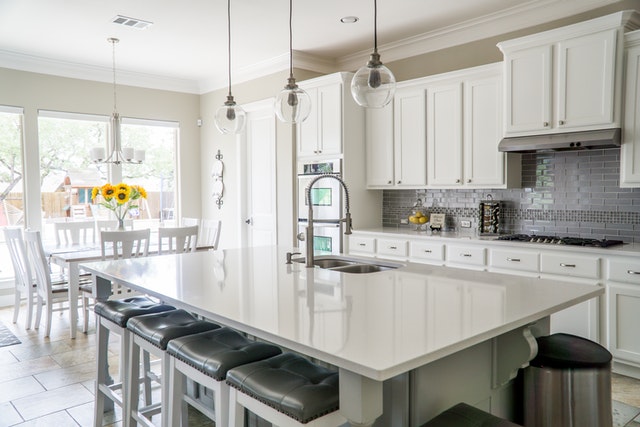
CLEANING SUPPLIES & CHEMICALS
Household cleaners and chemicals in your kitchen should be stored in a locked cupboard or on high shelves – far away from your puppy.
Believe it or not… cupboard doors are not guaranteed to keep out a curious puppy. You may be surprised to see just how quick a puppy can learn to open cupboard doors, and yes, drawers too. If you search YouTube you’ll find lots of videos where this happens…. here is one example. Stealing treats is one thing… but having your puppy get into toxic substances kept under your sink is another thing entirely. Consider investing in child safety locks for your cupboards to keep those hazardous chemicals away from your puppy.
GARBAGE & TRASH CANS
Kitchen garbage cans… there are few places that your puppy will find more interesting! Garbage cans are full of intriguing smells, but trash can be so much more than just smells. Our garbage is full of things that your puppy shouldn’t eat. Many of those things could cause serious health issues for your puppy. Getting into the trash could lead to issues ranging from diarrhea or vomiting to something more serious requiring a vet visit, surgery, or even worse. Let’s keep it simple… the safest option is to place garbage cans in a secured area where you are sure your puppy can’t access them. If that’s not possible, use a garbage can that can be covered with a tight lid and place them in an area where they can’t be tipped over.
DON’T LEAVE FOOD OUT & KEEP COUNTERS CLEAR
You probably already know this, but I’ll say it anyways… dogs are food motivated! The reality is, if something is within their reach there’s a good chance they will seize the opportunity. Life is short… Carpe Diem! Dogs also have an incredible sense of smell. If you don’t want food disappearing from the table or counter – don’t leave food out! It’s important to mention that there are a number of foods that are not toxic for us, but they can be for your puppy. It would be terrible for your puppy to ingest a food that could cause them harm. To be safe, just remove the temptation by putting things away.
PLASTIC BAGS
Though plastic bags are becoming less and less common today – which is great for the environment – some people are still using them. If you still use plastic bags, ensure they are not accessible to your puppy. Bags which have had food in them can smell pretty good to a curious puppy… but plastic bags are a suffocation risk. Always make sure that plastic bags are kept well out of reach!
SHARP & BREAKABLE ITEMS
Knives and sharp items in your kitchen – to be safe – should be stored some place like a drawer. Items which can fall and break, such as glass, should also not be anywhere where your puppy can get at them. If your puppy was to chew or lick any of these types of items they could injure their mouths or paws. If something like a glass was to fall on the floor and break… and your puppy walked through it… or they tried to chew on the glass… they could easily be hurt.
TIPS TO PUPPY PROOF THE LIVING ROOM
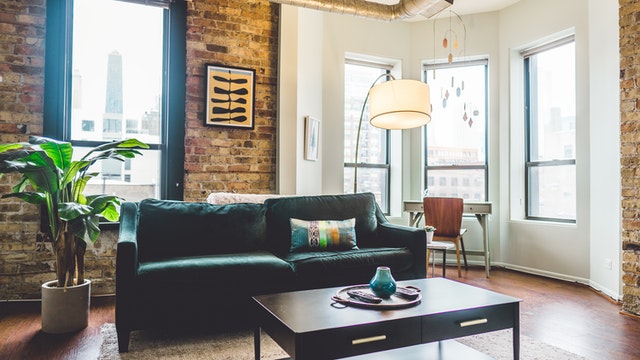
ELECTRICAL CORDS
Electrical cords are a serious risk to your puppy. A puppy that was to chew an electrical cord could sustain a number of serious injury outcomes from oral burns all the way to electrocution. Another potential risk with electrical cords – and other cables – is your puppy getting tangled in them. It is best to keep all electrical cords secured, and if possible, raise them up out of your puppy’s reach. Another option is to purchase cord protectors which are specifically designed to discourage chewing.
WINDOWS, DOORS & BLINDS
Dogs are opportunists… make sure that windows and doors are closed and/or locked so that your puppy can’t escape. The cords on window blinds are a potential strangulation risk for puppies. These cords can be seen by your puppy as fun to play with. Keep them up and tie them securely so they are out of the way.
FURNITURE & FIREPLACES
Furniture that can be knocked over, such as lamps or end tables, are best cordoned off with something like a baby gate. If you have a fireplace, keep the area secured from your puppy by either restricting their access to the room or by using a baby gate.
If you love to have cuddle time with your puppy on the couch, for the first few months you may want to place a cover on your couch to protect it from any accidents that your puppy may make.
DON’T FORGET THE BATHROOM
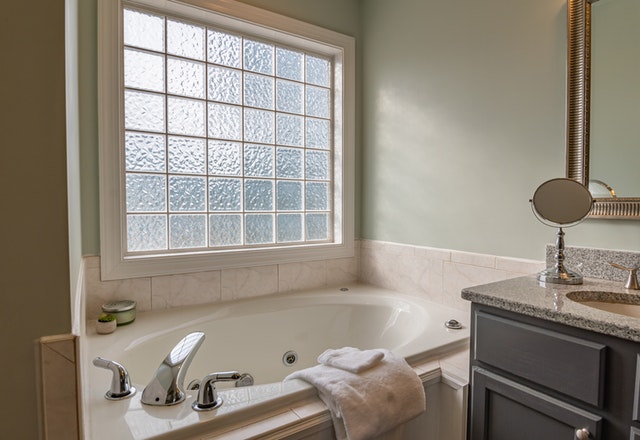
MEDICATIONS
Prescription and over the counter medications should be kept securely in their bottles and out of reach, preferably in a cabinet. Like in the kitchen, if the cabinet is at ground level, as opposed to a medicine cabinet, using a child safety lock is a good idea. If you keep bottles of medication on an open shelf there is a possibility they can fall and your puppy could chew through the bottle.
CLEANING SUPPLIES & CHEMICALS
Cleaners or chemicals should be kept in locked cupboards. If you don’t have a vanity with doors that allow a child safety lock, perhaps think about storing these chemicals in a different location. It is important to note the bathroom may have other hazardous products other than cleaning supplies such as laundry detergent, hair color and beauty products.
TOILET BOWLS, BATH TUBS & SHOWERS
Do you use toilet cleaners that dispense chemicals every time you flush? If you do, and your puppy drinks from the toilet, the water they are drinking could be toxic. Keeping the lid closed – and perhaps securing it with child safety lock – removes that risk as well as any risk of drowning for small puppies.
Bathtubs and showers present other potential risks. When you have water in the tub it is best to restrict access to the bathroom. The edges of our bathtubs often store products like shampoo, soap, razors, and more. All of these are potential dangers for a curious puppy. Place these types of items up and out of reach or in a cabinet.
Overall, you may find that it’s just easier to keep your puppy out of the bathroom by closing the door or using a gate.
GENERAL TIPS FOR THE WHOLE HOUSE
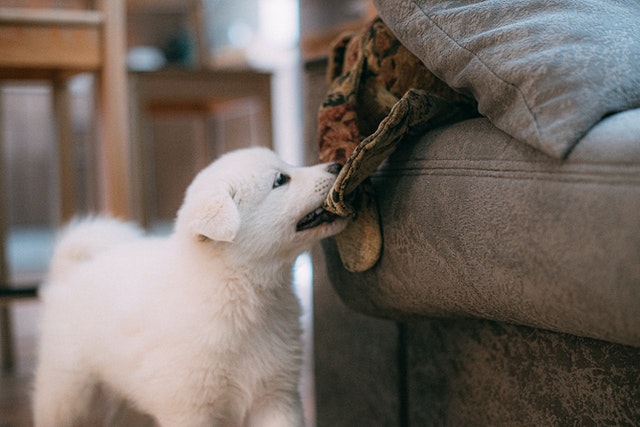
SET UP A CONFINEMENT AREA
Unsupervised puppies that are given too much freedom can get into trouble. Can almost guarantee, if they do, it will be trouble you probably won’t like. Limit access to unnecessary areas of your home. Ensure that if your puppy is going to be unsupervised that you are closing doors, using crates, X-pens and/or baby gates to confine them to a “safe zone”. This not only helps to keep them safe, it prevents unnecessary accidents – frequent accidents contributes to prolonging house training… something you don’t want to have happen. As your puppy gets older, and you continue their training, you can expand the amount of freedom that your puppy has in the home.
HOUSEHOLD PLANTS
If you are someone that loves plants… do you know if your plants safe should your puppy decide to have a little nibble? The ASPCA has created an in-depth list of toxic and non-toxic plants which can be used to check if your plants are a potential danger for your puppy. The safest route is to dispose of – or re-home – any toxic plants, but if you have to keep a plant that is toxic, use baby gates, barriers or fences to keep your puppy far away… both indoors and out.
REMOVE TEMPTATIONS
Problem chewing is a behavior you want to prevent. Your puppy is going to get into mischief… all puppies do! Instead of getting frustrated and angry because your puppy chewed your $200 shoes… remove the temptation (this is controlling their environment) before the problem arises.
Common temptations might be things like:
- clothes
- shoes
- children’s toys
- remote controls
- decorative pillows
- blankets
- cell phones
- etc.
SMALL & BREAKABLE ITEMS
It is normal for puppies to explore their world with their mouths. They pick things up, give them a bit of a chew, drop them (or continue chewing) and then they move on to something else. Most of the time this may not be a big deal, but if you have small things around the house, or things that can break into small pieces, remove these items to prevent them from becoming a choking hazard for your puppy.
Along with removing choking hazards, items that are breakable should be kept out of reach. A puppy’s tail does a great job clearing a coffee table without any notice! By the time you figure out what’s happening… it’s too late. We used to always joke that our Golden Retriever’s tail was better job at dusting furniture than I was! Look for any breakable items near ground level, and for the time being, find a higher spot to place them.
KEEP YOUR PUPPY SAFE OUTDOORS
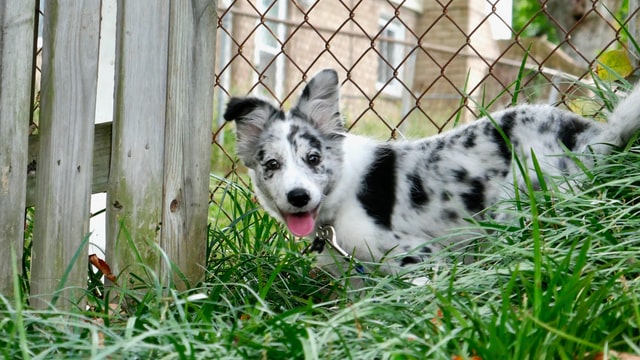
Puppy proofing is not just for inside your home, but anywhere that your puppy will be. This includes your yard and any external buildings like sheds and garages.
YARDS
Giving your puppy a yard to run and play is important, and enclosing that area with a fence helps to ensure they can’t escape, get lost or hurt. If you don’t want to put up a permanent fence there are options on the market for temporary fencing. Check the fence line regularly. Look for holes in, or under, the fence where your puppy may be able to escape. If fencing is not an option for your situation keep your puppy on a leash when they are outside.
POOLS, PONDS & HOT TUBS
Pools, ponds and hot tubs – any water environment – are a high risk for your puppy. If they were to fall in the water they can easily drown. Water safety, around things like pools, is something that a dog trainer can help with as your puppy grows, but it takes time. In the meantime, in-ground pools should be completely fenced. Above ground pools – if you have a deck – block the stairs to keep your puppy from accessing to the pool. If you don’t have a deck, and only a ladder… once your puppy is large enough to climb, don’t think they can’t climb that ladder.
Chemicals used for pools and hot tubs should be kept securely out of your puppies reach in a locked location.
LANDSCAPING
Part of ensuring your puppy’s safety outdoors includes being aware of your landscaping. Keep your grass cut short. Grass that is too long increases the risk of insects, like ticks, that can harm your puppy… and you.
Just like household plants, ensure that any plants growing in your yard are safe for your puppy. If they aren’t, either remove or block those plants so that your puppy is unable to access them.
Pay attention to lawn care products that you, or your landscaping company, are using with respect to fertilizers, pesticides and insecticides… as all of these can be harmful to your puppy.
FINAL WORD: SUPERVISE
General rule of thumb: When your puppy is outside playing or going to the bathroom, ALWAYS supervise them. I had a client with a young pup that liked to eat leaves. There came a time where this little guy ate too many leaves, unbeknownst to my client. Their puppy had to be rushed to the veterinarian with an intestinal blockage, resulting in an expensive surgery. My client didn’t think eating a few leaves was a problem… well, it was clearly more than a few and it did become a problem… and a serious one at that. Thankfully this story ended with a happy ending.
While you are here check out our Puppy Socialization Checklist. It will guide you to work with your puppy to help them feel comfortable and confident with new experiences, while focusing on positive training techniques. The checklist is broken down into easy-to-follow sections that cover areas such as people, environments, sounds, objects, other animals and more. It also includes guidance on safe and positive exposure techniques on how to create positive associations for your puppy and tips for gradually introducing your dog to new experiences in a way that builds their confidence.


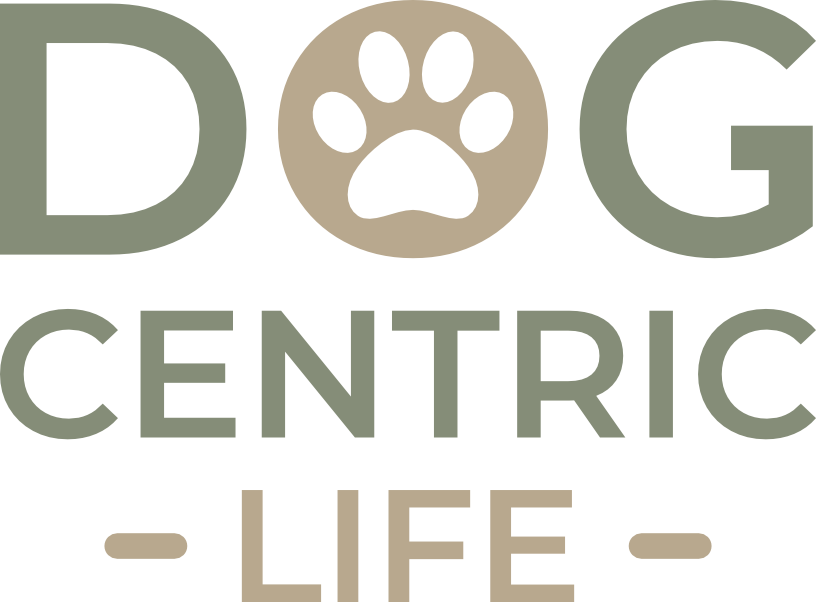
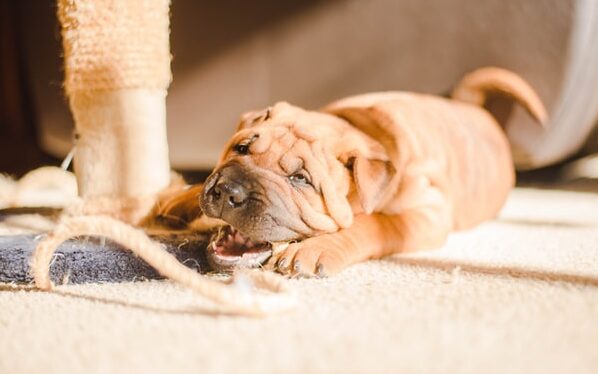



0 Comments